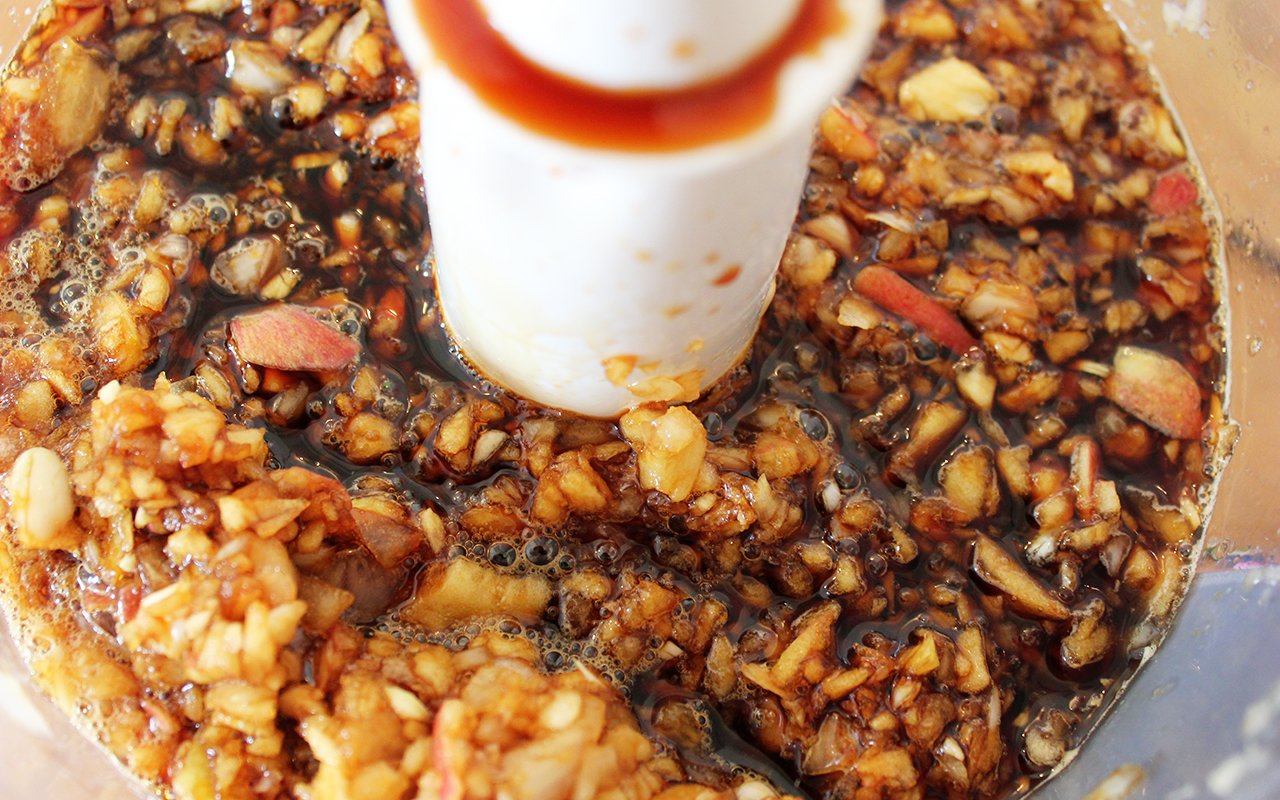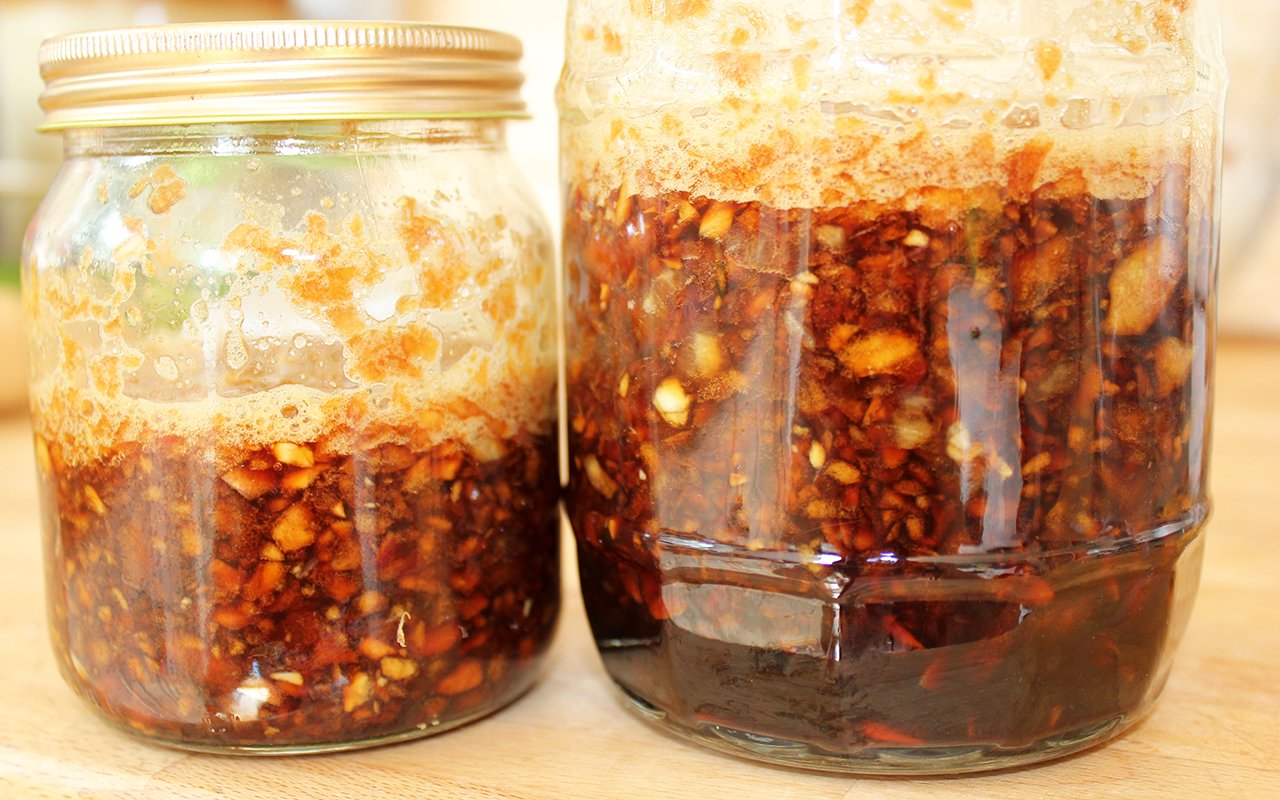All About Bulgogi Sauce
Everything You Need To Know About Korean Bulgogi
The Bulgogi sauce (pronounced Bul-gol-gi) is part of a popular Korean dish that is enjoyed by many all around the world. It has become part of the ‘Korean wave’ that has started to bring Korean food in to the main stream of popularity.
The word bulgogi is derived from two Korean words; bul which means fire and gogi is the Korean term for meat. So a direct translation to bulgogi is fire meat. While this sauce can be made spicy and hot, the fire refers to the cooking method, as it's usually cooked over an open flame, or on a Korean Barbecue. Bulgogi is usually made with sirloin and other cuts of beef like featherblade, but it can be made with chicken (dak bulgogi) or pork (dwaeji bulgogi). The meat is then marinated in the sauce that can vary depending on local traditions.
In ancient South Korea, Korean bulgogi was a meal for the king, especially during the Joseon Dynasty. The origins of bulgolgi and its sauce are not quite clear, but many believe that it started in 37 BC-688 AD during the Gorguryeo era. Research shows that this dish used to be called maekjeok and the Korean beef was grilled on a skewer. During the Joseon Dynasty, bulgogi went by the name of neobiari, which translated, to thinly spread. So while there have been slight changes in names and cooking techniques throughout the century, bulgogi meat and bulgogi is a recipe as old as time.
Traditional bulgogi sauce is made with garlic, sugar, sesame oil and soy sauce. Other recipes for bulgogi sauce may use ingredients like Asian pears, rice wine, Kiwi’s, honey and soy bean paste. What makes bulgogi sauce and the meal itself so popular is that it's extremely versatile and can be made in a lot different ways. The purpose of the sauce is to be made as a marinade. This marinade adds excellent flavour and tenderness to the Korean beef. This flavour is what has made this sauce famous, and coming back for more.
Some people add onions and green peppers to the dish or vegetables like carrots and courgettes. A traditional dish will come with lettuce or sesame leaves, that diners will use to wrap the cooked bulgogi in. Bulgogi is also often served on a bed of short or medium grain rice.
In South Korea, you can find fast-food bulgogi burgers, made with bulgogi sauce, also bulgogi topped pizzas, and hot dogs.
It’s nutritional values are said to be extremely healthy. As with all Asian foods, bulgogi uses lots of vegetables and meat. Flavouring for this dish is made with herbs, spices and oils. The optional extras such as lettuce, and rice are also high in nutritional value.
To make the dish simply marinate the beef in Bulgogi sauce for about 12 hours. After the meat is done marinating, just cook over medium high heat and your done. You'll have a delicious and yet extremely healthy meal in no time. Click here for a very easy make at home Bulgogi recipe.
Bulgogi Sauce recipe
I have used the following ingredients for the bulgogi sauce:
- 300ml Soy sauce
- 1 medium Apple
- 1 Asian Pear (use 2 normal pears if Asian pears are not available)
- 1 medium onion
- 5 cloves of Garlic
Put all the ingredients into a blender, I whisk until they are very small. Then keep the sauce into jars. The bubbles will set in a short time, this sauce can be kept in the fridge for several weeks.
 |
 |
Return From Bulgogi Sauce to Korean Foods
New! Comments
Have your say about what you just read! Leave me a comment in the box below.